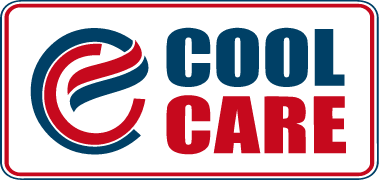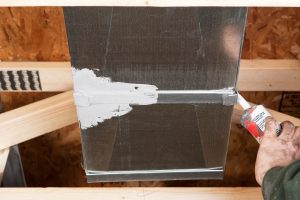When it comes to home energy efficiency, one often overlooked culprit is leaky air ducts. These hidden pathways are essential for distributing heating and cooling throughout your home, but when they start to leak, they can significantly impact your energy bills and indoor comfort. Air duct repair in Bellaire is essential to retaining home comfort.
In this post, we’ll explore how to detect if your air ducts are leaking and what steps you can take to resolve the issue.
Why Leaky Ducts Matter
Leaky ducts can lead to a range of problems, from increased energy bills to uneven heating and cooling in your home. According to the U.S. Department of Energy, leaky ducts can reduce the efficiency of your heating and cooling system by as much as 20%. This means your HVAC system has to work harder to maintain the desired temperature, leading to higher energy consumption and wear and tear on the system.
Signs of Leaky Ducts
- Higher Energy Bills: One of the first signs of leaky ducts is a noticeable increase in your energy bills. If your heating or cooling costs have risen without a corresponding increase in energy usage, your ducts might be to blame.
- Uneven Heating and Cooling: Leaky ducts often result in uneven temperatures throughout your home. Some rooms may be too hot, while others are too cold. This inconsistency can be frustrating and uncomfortable.
- Poor Air Quality: Leaky ducts can allow dust, allergens, and other pollutants to enter your home’s air supply, reducing indoor air quality. If you notice an increase in allergy symptoms or respiratory issues, your ducts could be the source.
- Visible Damage: Inspect your ducts for visible signs of damage, such as disconnected joints, holes, or tears. Even small gaps can cause significant leaks.
- Noisy HVAC System: If your HVAC system is making more noise than usual, it could be due to air escaping through leaks in the ducts.
How to Detect Leaky Ducts
Detecting leaky ducts can be challenging, but there are a few methods you can use to identify the problem:
- Visual Inspection: Start by inspecting the accessible parts of your ductwork. Look for any visible signs of damage or disconnections. Pay close attention to areas where the ducts connect to vents or registers.
- Smoke Test: A simple and effective way to check for leaks is to perform a smoke test. Light a stick of incense and hold it near the ducts while your HVAC system is running. If the smoke wavers or is drawn into the ducts, you likely have a leak.
- Pressure Test: For a more accurate assessment, consider hiring a professional to conduct a pressure test. This involves sealing off your ducts and using a specialized fan to pressurize the system. The technician can then measure the air pressure to determine the extent of any leaks.
- Infrared Thermography: This advanced method uses infrared cameras to detect temperature differences in your ductwork. Areas with significant temperature changes often indicate leaks.
Fixing Leaky Ducts
Once you’ve identified leaky ducts, it’s crucial to address the issue promptly. Our team of licensed professionals can address your ductwork issues from start to finish.





